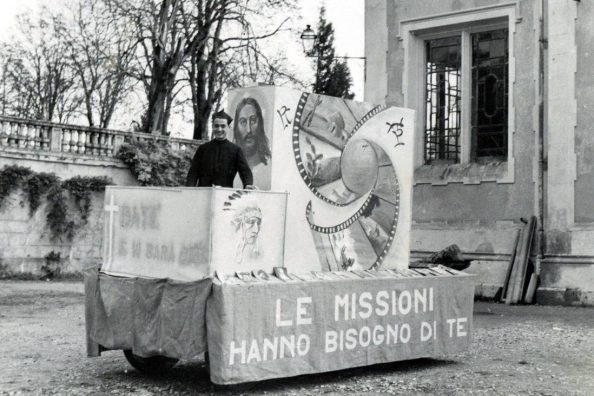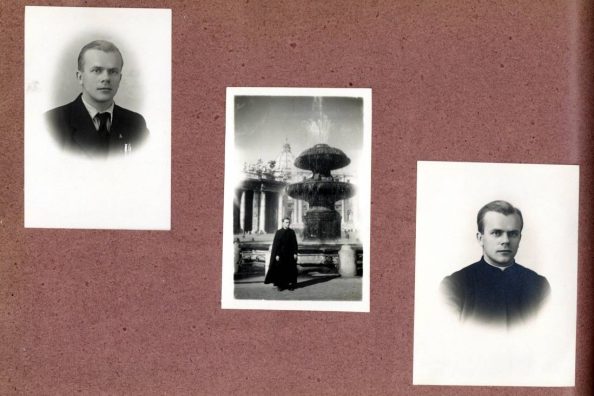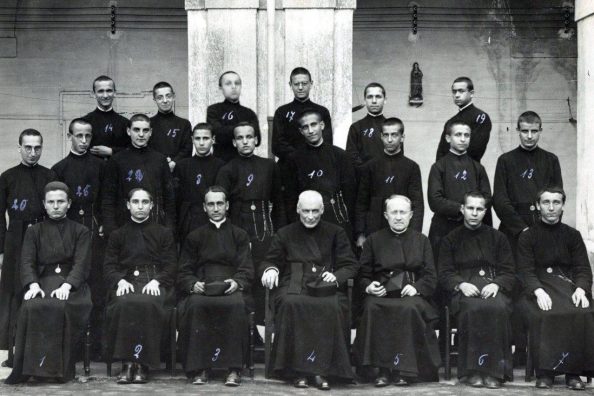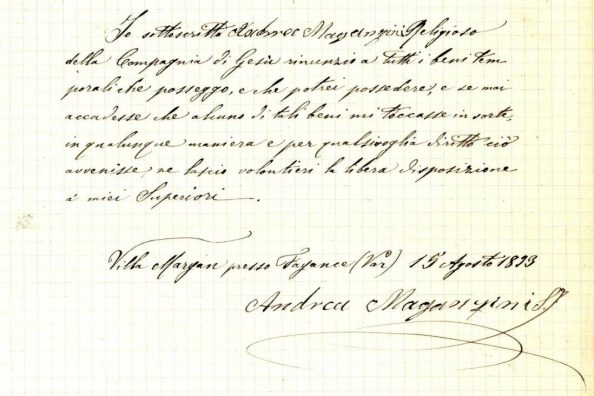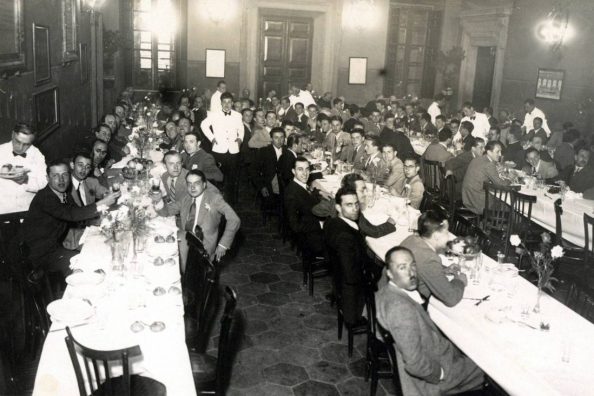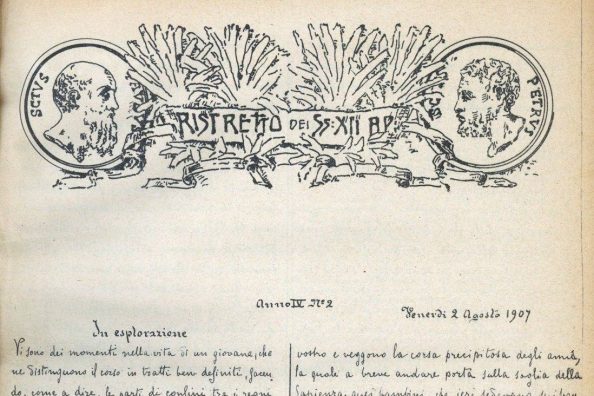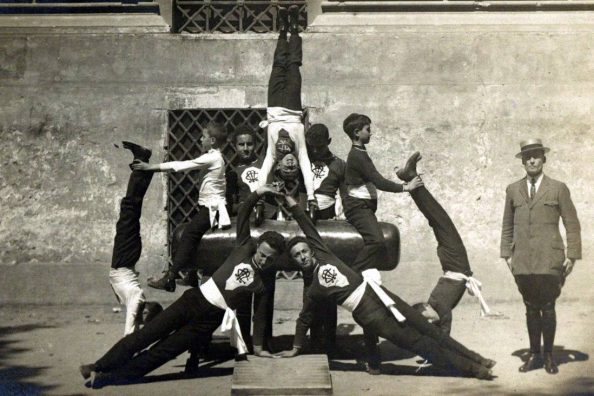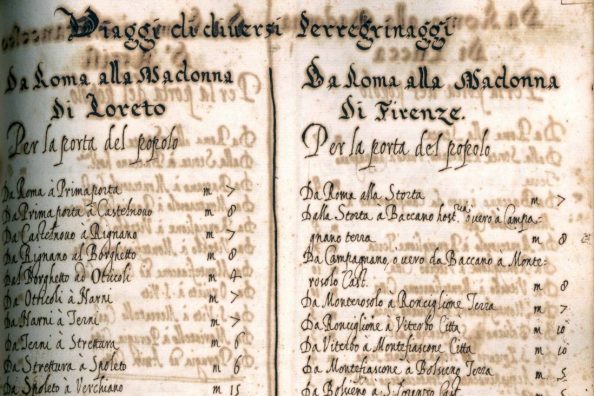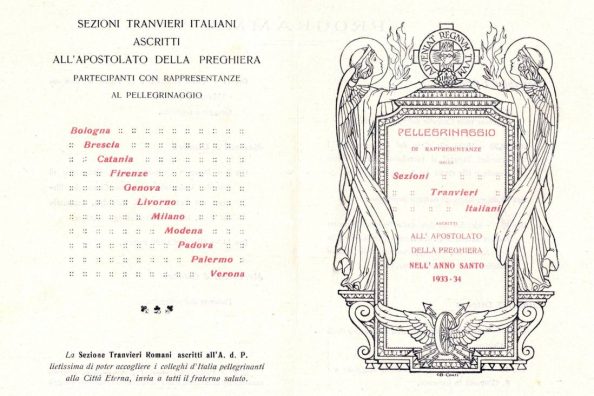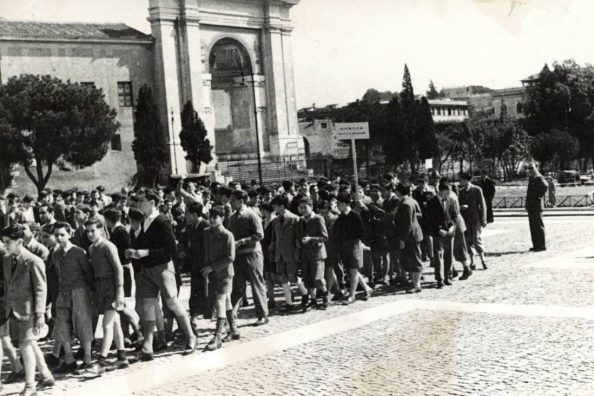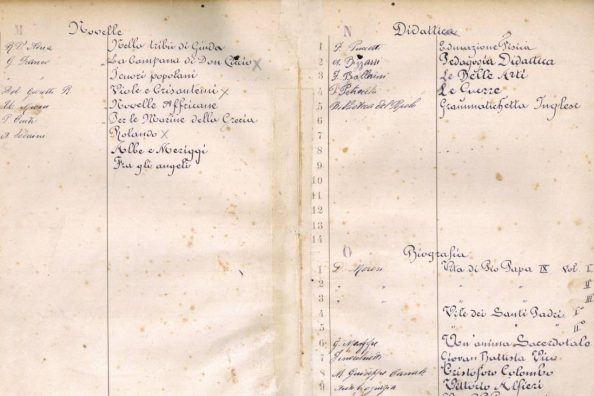The cost of living in the 19th century
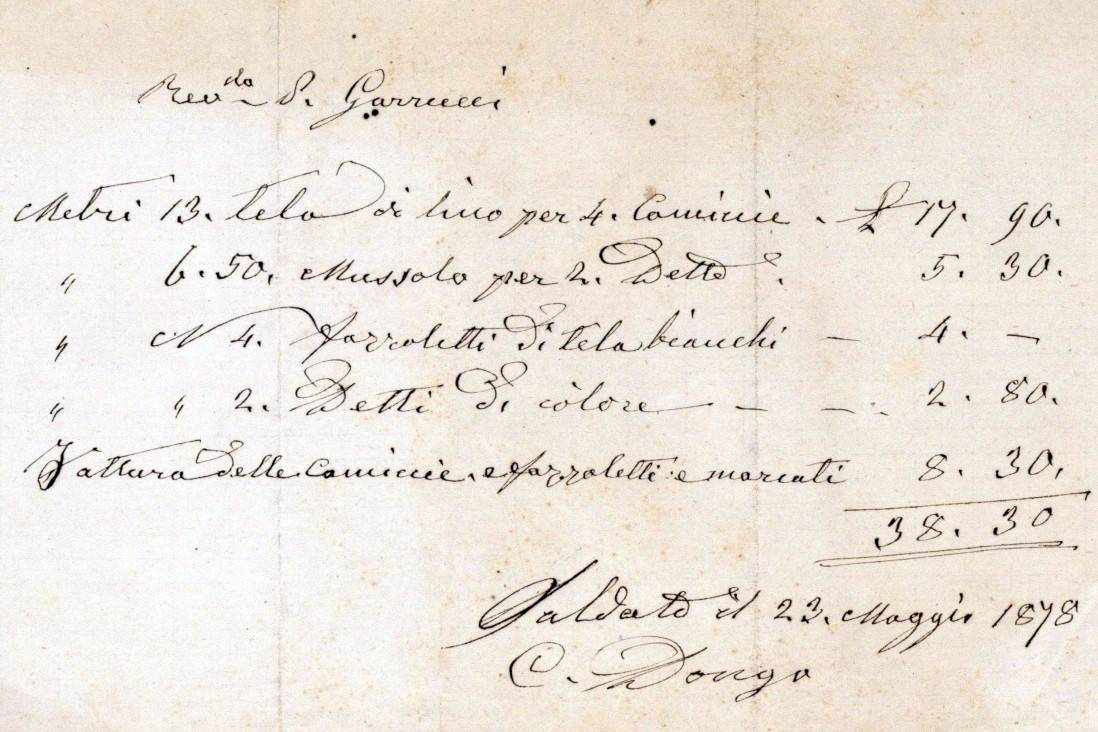
How much did a metre of cloth cost in the 19th century? What was the cost of shoes and socks? Today we are looking at some documents that can answer questions about the cost of living in the 19th century. In fact, several sources tell, through figures and items of expenditure, what the cost of certain goods and services was.
Community sources on the cost of living
Our Archive, for instance, preserve expenditure books compiled by the community minister.
In the house diaries we find some references to the cost of food and services, for example on the occasion of Christmas 1833 at S. Andrea al Quirinale, when gifts were distributed to the professionals assisting the community: doctors and suppliers.
However, receipts are also among the papers of individual Jesuits.
The sources of a Jesuit
In recent months, the fund of Fr. Raffaele Garrucci, a famous numismatist, art historian and archaeologist who has printed over a hundred monographs, essays and articles as a result of his studies and discoveries, is being reorganised.
Some receipts were also found among his papers. These are some expense notes and accounts, some dating back to 1883, the last years of the Jesuit’s life, who would die two years later.
From these documents, we understand not only what the price of certain products was but also the cost of repairs. Among the items, we find: “Oriuolo aggiustato, 4.50 lire”; new petticoat, 50 lire; new collars of fine cloth, 16.25 lire; new shoes, 12.00; 18 metres of linen cloth.
Other expenses refer to materials used by the Jesuit for his daily work: postcards 0.30 lire; engraver […]; 3 business cards, photographer, 16.50 lire.
Other receipts show the costs of transport and accommodation outside the community for Fr Garrucci’s needs as a scholar.
A room in an inn could cost 22, 91 lire, transporting a crate, 3 lire, and candles – needed for the night in an era still without electricity – 0.75 lire. Garrucci then reports the costs of transport according to different types of means: car, 5 lira; railway 13.60 lira, stagecoach 2 lira, coachman 1.50.
We keep this documentation because Fr Garrucci, like every other Jesuit, reports to his superior on the expenses made. s. That is why we have lists of expenses with eloquent titles such as “notes of the expenses made on the trip to France, Spain and Italy” in which the entry “money received”, from the superior, is initially listed, followed by the balance of the expense.
The work of the researcher
Who studies this documentation? Researchers interested in the life of Fr Garrucci, but not only.
These documents could also be useful to scholars who are not concerned with Jesuit history or issues related to the Society of Jesus. It is in fact not very easy to come across these types of sources, except in the archives of individuals or families. In fact, receipts are often documents destined to be discarded already by the producer or they are easily dispersed. How many of us keep receipts from recent years? We probably have some from just a few days ago in our pockets and at the bottom of our handbag, we keep those from medical expenses for tax returns, but even those we start not keeping as we find them in the tax drawer.
For these reasons, many scholars who are interested in subjects far removed from the Society or in the lives of people not connected with the Jesuits visit our archives, drawing valuable information from sources such as receipts and account books.
Maria Macchi
